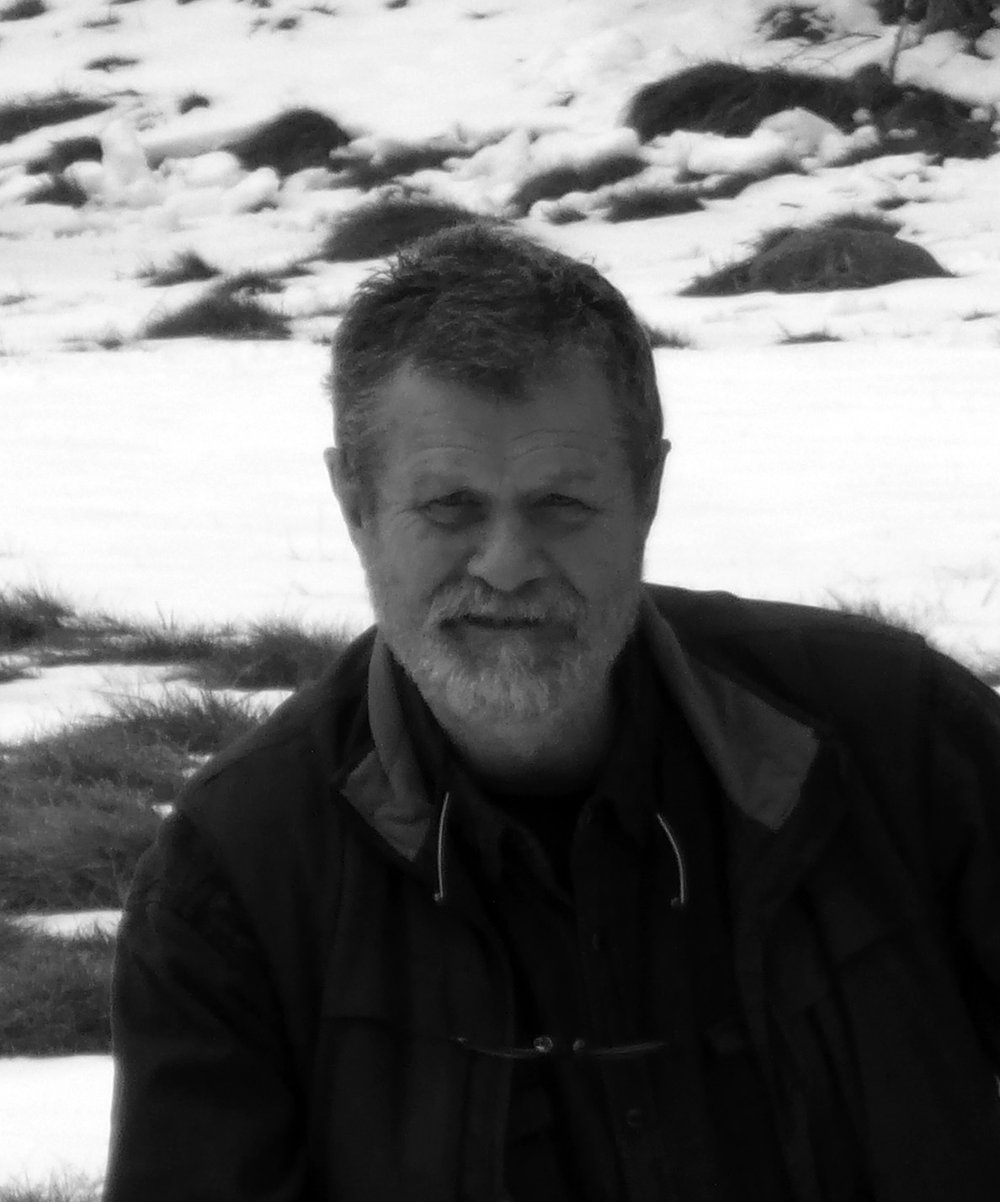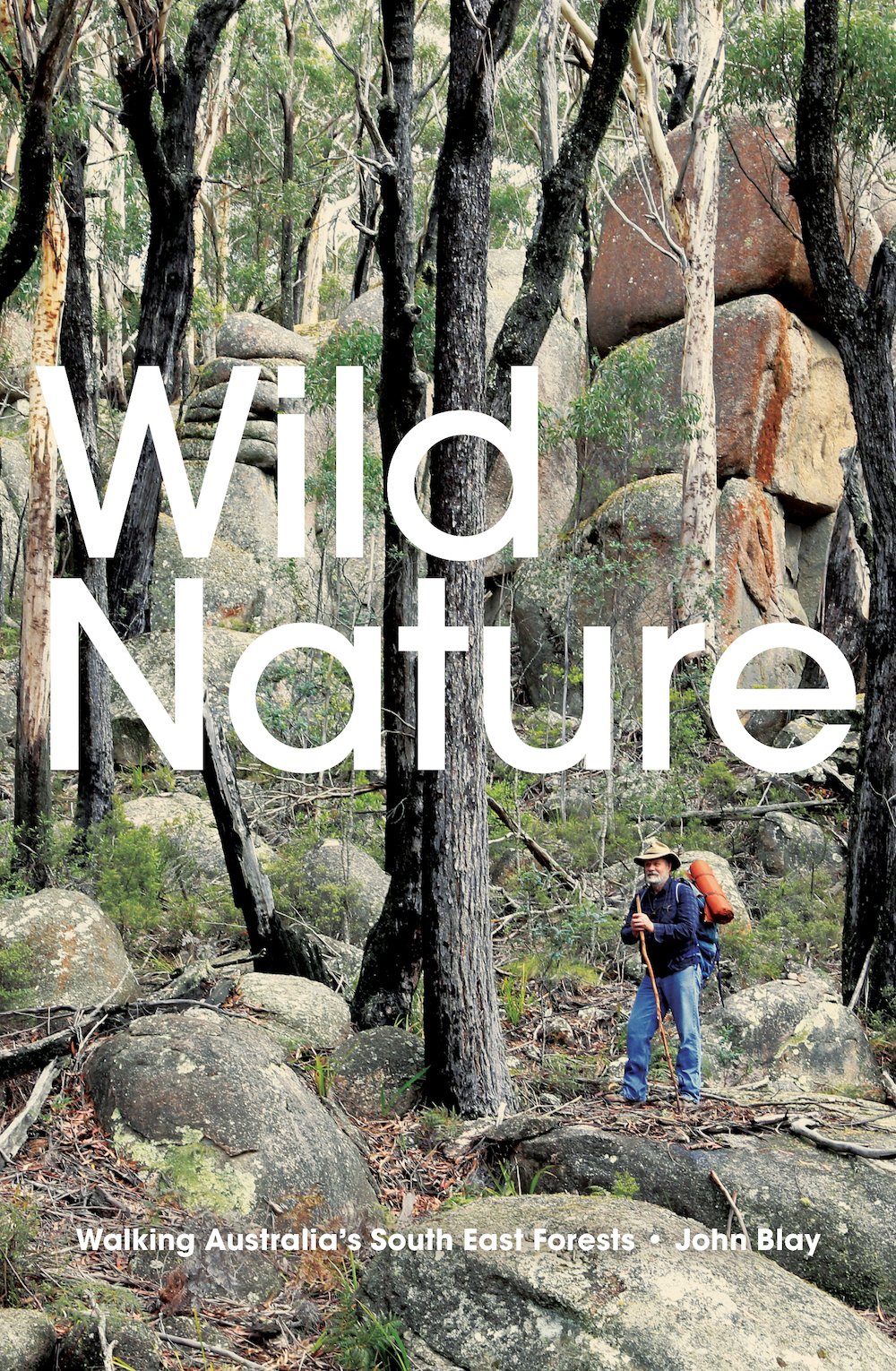An extract from Wild Nature
Local ecologist Heather Meek fired the first broadside in support of the koala. Her report to Forestry appears in the local media under the heading ‘Koalas are here now’. In December 1986, in response to a request by the acting Eden District forester, she collected and reported on all evidence of koalas in the Yurammie State Forest, adjacent to the Tantawangalo. The aim was to find a more sensitive management for koalas. She noted how ‘many areas of this district have not been adequately surveyed for wildlife (plants or animals) yet. The main reason koalas have not been studied here recently is that they have been too scarce and difficult to locate.’
She described thirteen observations at places between Wolumla Peak, Yurammie and Myrtle Mountain, in forests that connect with the Tantawangalo. Her evidence is telling. She stated in conclusion: ‘This evidence cannot be dismissed. As a professionally trained biologist–ecologist I am quite satisfied with its authenticity. The job at hand is to make certain that adequate measures are taken to conserve this remnant population.’
The report was widely distributed and used by conservation groups. State Forests Minister Jack Hallam had to reject accusations by Jeff Angel of the Total Environment Centre that he was destroying ‘a koala refuge’ on the South Coast. Hallam responded by calling it a publicity stunt and saying, ‘The facts of the matter are that no koalas have been sighted by forestry personnel in 11 years of forest operation … Naturally, if a koala colony is found, appropriate action will be taken to modify or exclude logging in the relevant area.’
The protection group couldn’t afford to let the koala story pass. It dramatised their overall message better than any other angle. In autumn 1987, Chris Allen wrote to the newspapers saying how McCarthys Creek provided his property and others with water and
that logging is occurring on such a large scale throughout
forests like this fills me with such sadness I cannot express
… I have also seen evidence of a number of koala sightings
in the past seven years. I am convinced they are there. That
the Forestry Commission was unaware of this evidence
amazes me.
A few months later Eugene Collins took up the same theme. He expressed his disgust at the timber industry suggesting koala sightings were fraudulent. He knew three local people who had seen koalas locally and doubted they would appreciate being called liars. ‘One of these sightings was in the Tantawangalo.’ To his signature, he added, ‘(BSc. Forestry)’.
The fact remains that koalas are incredibly hard to see in the thick forests, especially when they are at rest in treetops 30 metres and more above the ground. Also, there is no single species of eucalypt or forest type where they are more likely to be located.
Premier Barrie Unsworth officially visited the region late in 1987. His nickname of ‘Chainsaw’ Barrie came from earlier days when he was anti-conservation. As premier he found a new respect for matters environmental. His message, however, remained confused. He told a protest organiser in Eden: ‘I organised better demos than this when I was a union organiser.’ He met with environmentalists led by Jeff Angel at Chalkhills Road in the Yurammie district and accepted the presentation of a detailed ‘Economic Proposals’ submission and a koala mug.
By late 1987 the forest debate was hotting up. To every claim there was a counterclaim in the local media, as though the mind of the populace would be won over by just one more (final) point. In July the increasingly pro-chipping ALP member of federal parliament, Jim Snow, was re-elected to Eden– Monaro with an increased majority. At the end of October a report by highly respected scientists recommended undisturbed eucalypt forests of the south east deserved World Heritage listing. Local headline news claimed drugs were being grown in the forests by greenies. On 12 November, 2000 rallied at Bombala showground for the timber industry. And in the lead-up to the state election, Bob Carr, NSW environment minister, suggested 80 000 hectares would be set aside from logging in two south east national parks. Members were deserting the ALP over environmental issues, saying they wanted greener action, and this merely seemed aimed to lure them back. But it was an empty promise with the polls predicting a landslide defeat over issues like gun control.
In 1988 Labor was wiped out in favour of the Liberal Party’s Nick Greiner, and Bob Carr was elected leader of the opposition. The signs were ominous for the conservation cause as Greiner had family connections to the timber industry. And if the defeated Labor member, John Akister, was pro-logging, his opponent, Peter Cochran, was very much more gung-ho, running a military-style campaign for the Nationals to win easily. Maybe his family losing snow leases for grazing in the high country to make way for Kosciuszko National Park in the late 1960s gave him the impetus to passionately favour logging and oppose anything to do with parks.
In the Tantawangalo forest near Mount Darragh a few weeks later 180 conservationists protested logging. ‘Koalas, once numerous on the south coast but presently facing extinction, are now being threatened by logging,’ said David Williams, a campaign officer. ‘There are only a handful of koala habitat sites left on the south coast and this current logging is set to destroy one.’
Regional forester Tony Howe immediately responded to the conservationist claims that were widely publicised in the media. He described the Thursday protests as ‘the hour of shame’ following the arrest of ten at Tin Mines Road. ‘The pretext of koalas in the area is a deplorable action,’ he stated. Later the same day 500 others including Senator Irina Dunn blockaded Edrom Road near the chipmill. Many were arrested.
John Blay's book Wild Nature: Walking Australia's South East Forests will be published by NewSouth in August 2020.



